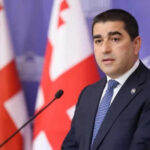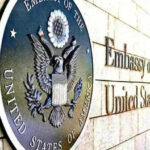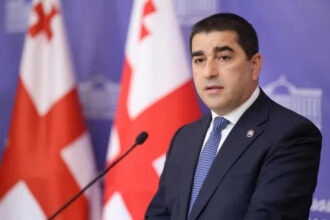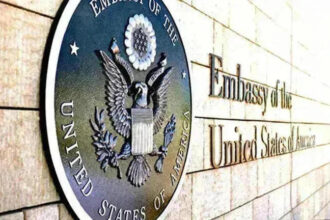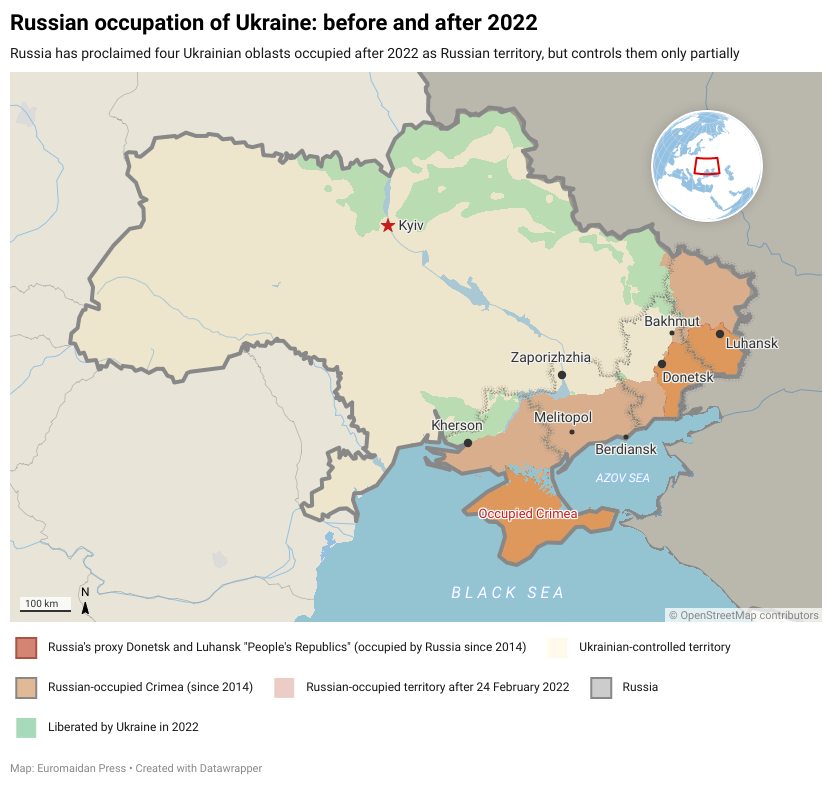**Western Compromise with Russia Led to More Aggression**
The war between Ukraine and Russia has reached its 1,000-day mark. However, instead of increasing support for Ukraine, Western leaders are starting to talk about “freezing the conflict.” This approach ignores how previous compromises with Russia led to more aggression.
**Lessons from Georgia and Crimea**
In 2008, Russia invaded Georgia. The West did not take strong action against Russia at that time. As a result, Moscow began to modernize its military and prepare for future conflicts. In 2014, Russia occupied Crimea. Western leaders imposed sanctions on Russia, but they were poorly enforced.
**Russia’s Aggression in Ukraine**
In 2022, Russia launched a full-scale invasion of Ukraine. This invasion was preceded by years of Russian aggression in eastern Ukraine. Russia used private military companies to create the illusion that separatist groups were fighting for independence. However, this was just a ruse to mask direct Russian involvement.
**The Minsk Agreements**
In 2014-2015, Western leaders signed the Minsk Agreements with Russia. These agreements aimed to bring peace to Ukraine and Eastern Europe. However, leaked Kremlin emails show that Moscow used these agreements as a tool to freeze the conflict and gain leverage over Ukraine’s foreign policy movements.
**The Cost of Risk Aversion**
Each time the West has chosen short-term stability over confronting Russian aggression, Russia has taken advantage of this opportunity to strengthen its military and prepare for future conflicts. By not taking strong action against Russia, the West is inviting another escalation.
Read More @ euromaidanpress.com
